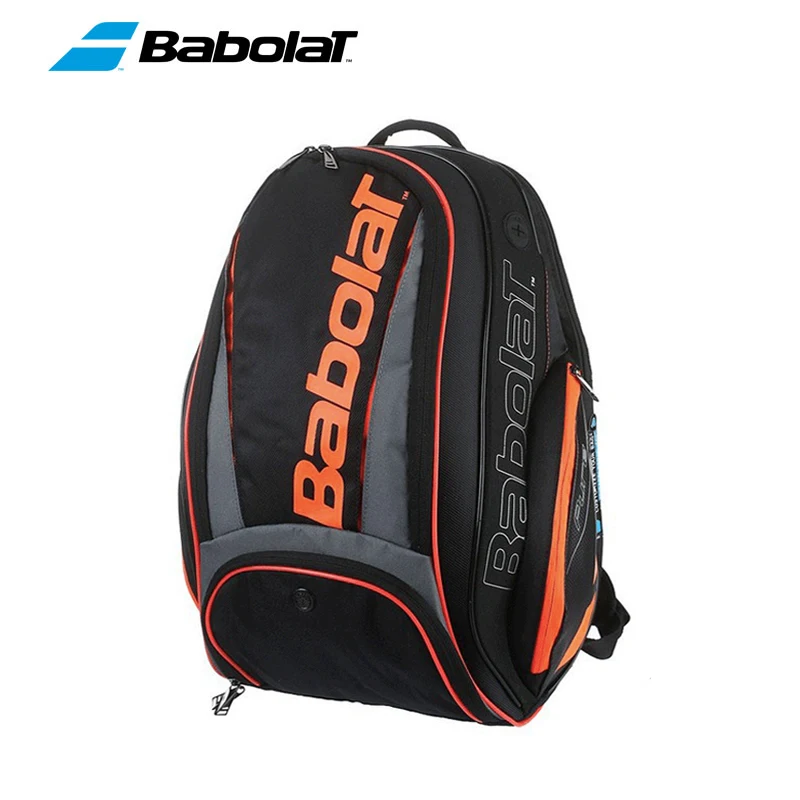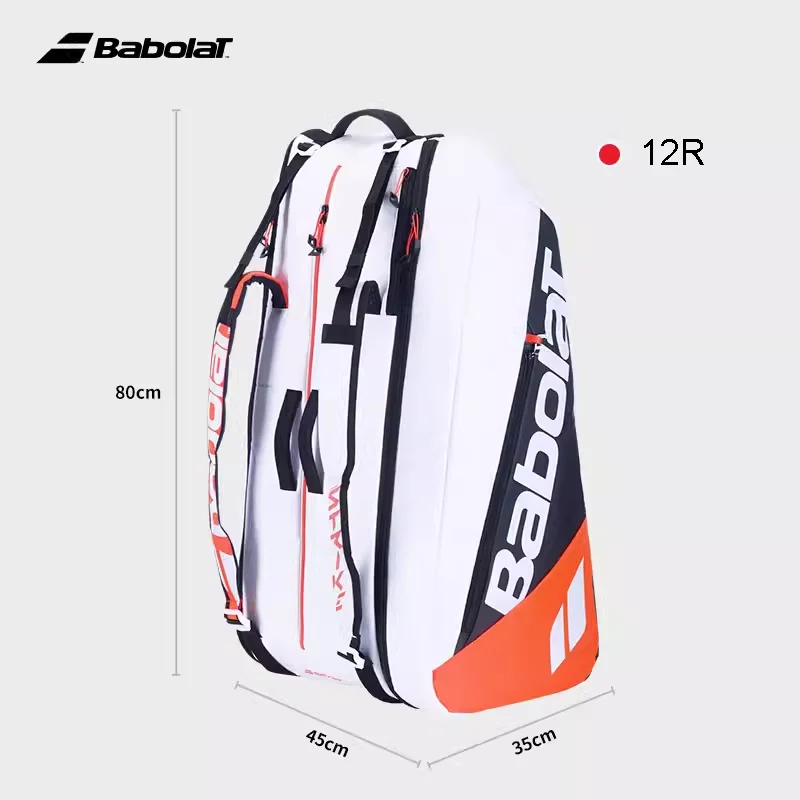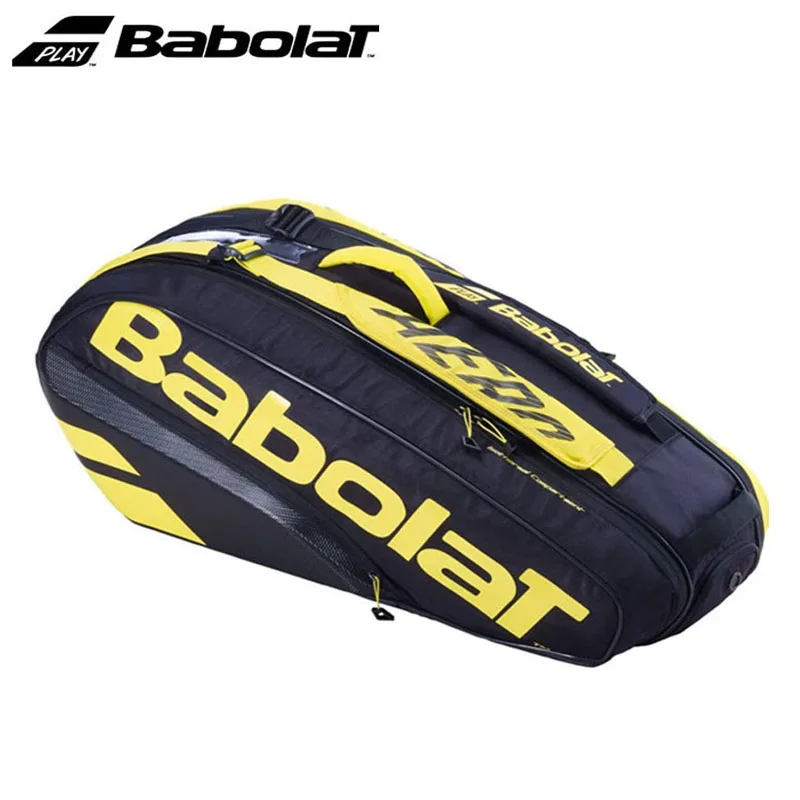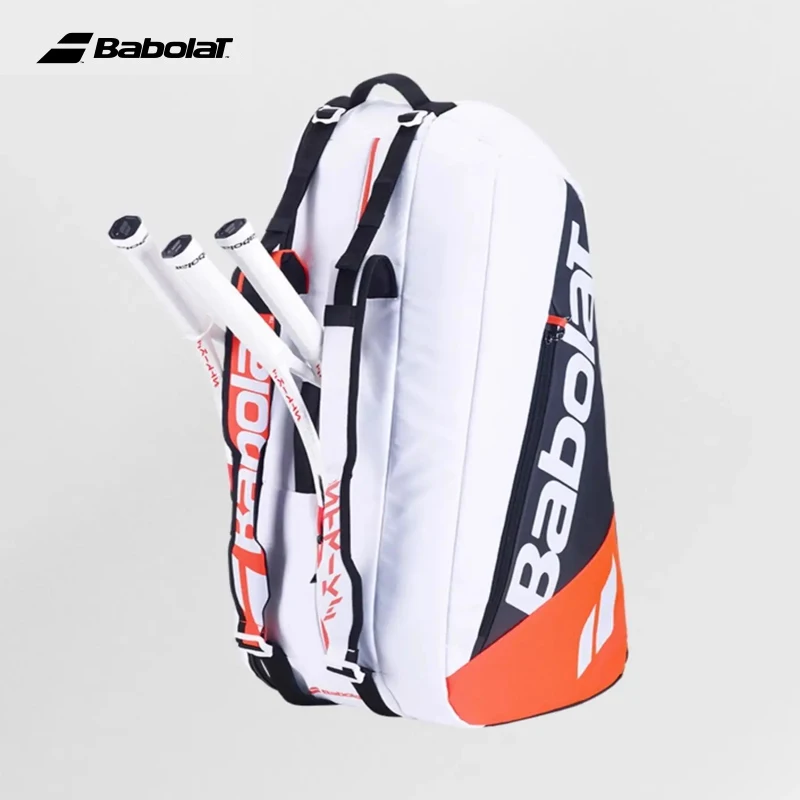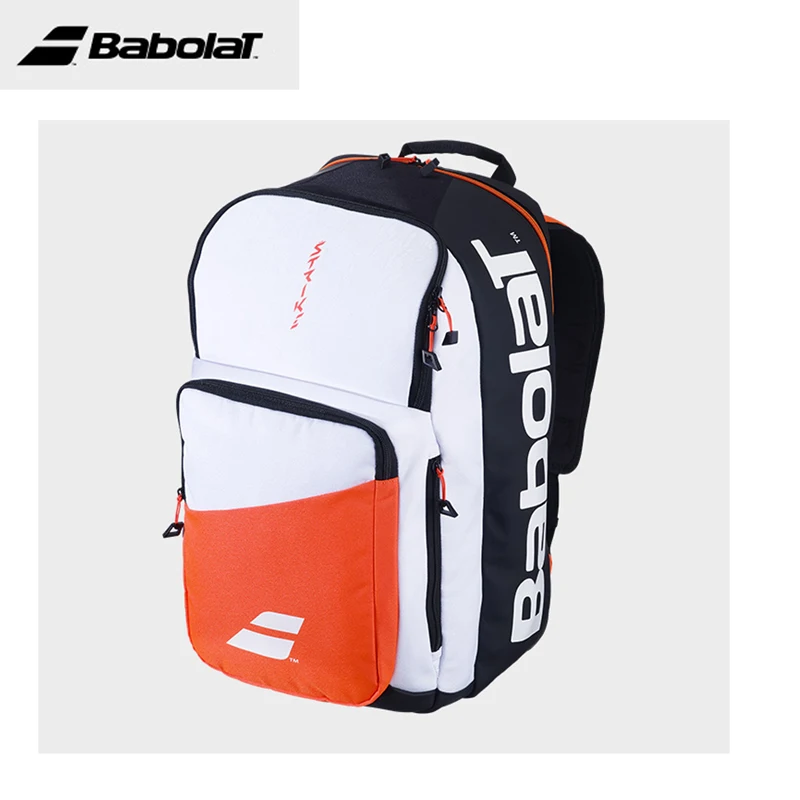Are there many people who powerlift or do Olympic weightlifting with a leg length discrepancy?
A leg length discrepancy (LLD) is a condition in which one leg is shorter than the other. This can be caused by a variety of factors, including genetics, injury, or disease. LLD can range from a few millimeters to several centimeters, and it can have a significant impact on a person's posture, gait, and overall mobility.
How does LLD affect powerlifting and Olympic weightlifting? LLD can affect powerlifting and Olympic weightlifting in a number of ways. First, it can lead to imbalances in the muscles of the legs and back. This can make it difficult to maintain proper form during lifts, and it can increase the risk of injury. Second, LLD can affect the distribution of weight on the feet, which can make it difficult to balance and generate power. Third, LLD can affect the range of motion in the hips and knees, which can limit the depth of squats and the height of jumps.
Despite these challenges, there are many people who powerlift and do Olympic weightlifting with a leg length discrepancy. These individuals have learned to adapt their technique and training to accommodate their condition. With the right training and coaching, people with LLD can achieve great success in these sports.
Here are some tips for powerlifters and Olympic weightlifters with LLD:
- Find a qualified coach who is experienced in working with athletes with LLD. A good coach can help you develop a training plan that is tailored to your individual needs.
- Start with a light weight and gradually increase the weight as you get stronger. This will help you avoid injury and allow your muscles to adapt to the new demands of lifting.
- Focus on proper form. This is especially important for people with LLD, as improper form can lead to injury.
- Be patient and persistent. It takes time to build strength and muscle, and it may take even longer for people with LLD. Don't get discouraged if you don't see results immediately. Just keep working hard and you will eventually reach your goals.
Related Questions 1. What are the different types of LLD? A. LLD can be classified as either structural or functional. Structural LLD is caused by a difference in the length of the bones in the legs, while functional LLD is caused by a difference in the length of the muscles or tendons in the legs. 2. What are the symptoms of LLD? A. The symptoms of LLD can vary depending on the severity of the condition. Some common symptoms include pain in the back, hips, or knees; difficulty walking or running; and a limp. 3. How is LLD diagnosed? A. LLD is diagnosed with a physical examination and a review of the patient's medical history. The doctor may also order X-rays or other imaging tests to confirm the diagnosis. 4. How is LLD treated? A. Treatment for LLD depends on the severity of the condition and the underlying cause. Treatment options may include physical therapy, orthotics, or surgery. 5. Can people with LLD participate in sports? A. Yes, people with LLD can participate in sports, but they may need to make some modifications to their technique or training. It is important to consult with a doctor or physical therapist before starting a new sport.
Related Hot Sale Products - Rogue Fitness Powerlifting Bar - Nike Romaleos 4 Weightlifting Shoes - Inzer Powerlifting Belt - Rehband Knee Sleeves - Eleiko Olympic Weightlifting Plates
Pre:Can a woman who lifts weights be as strong as a man who doesnt lift weights
Next:What are the advantages of ankle straps for a cable machine





